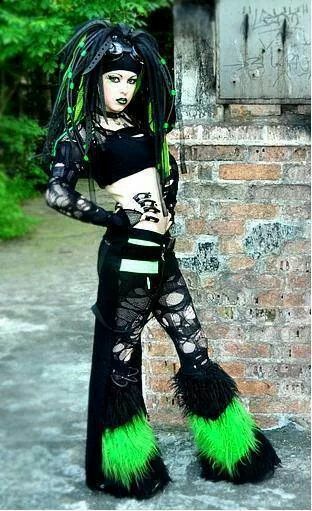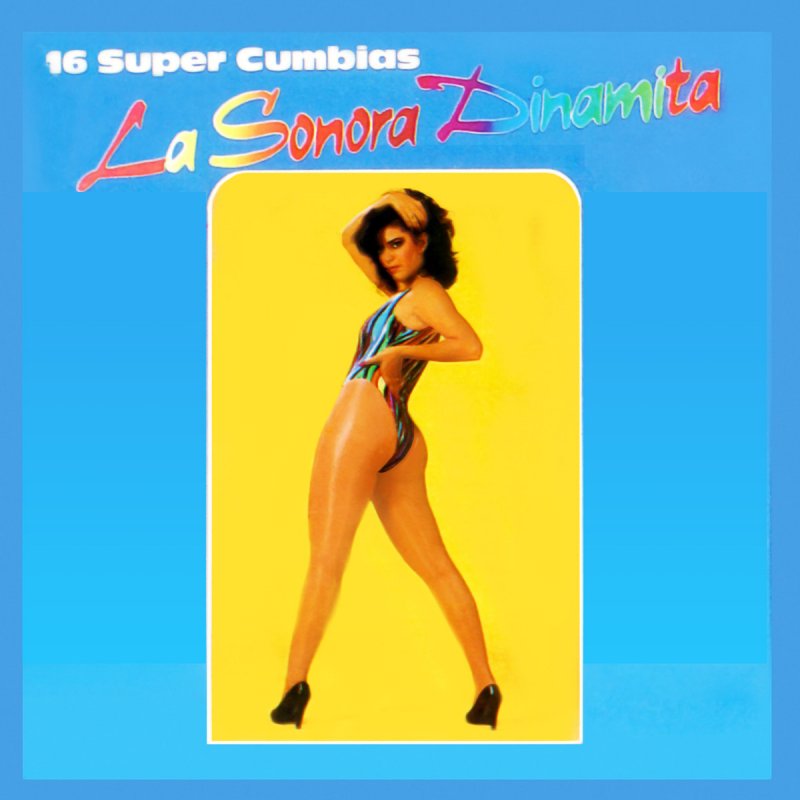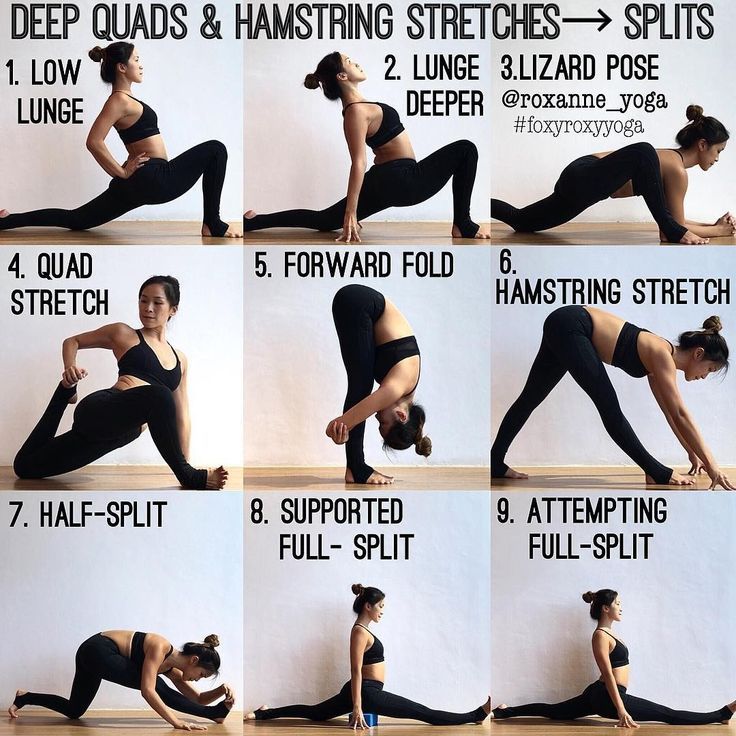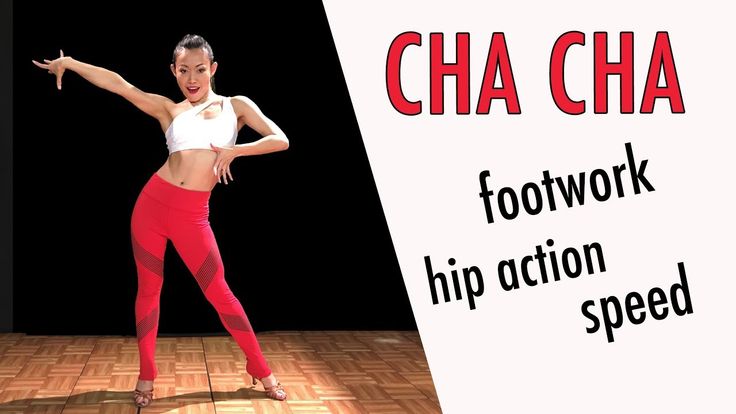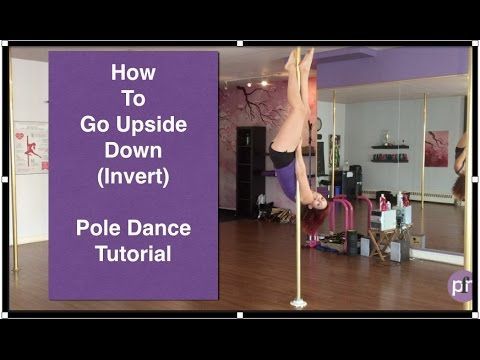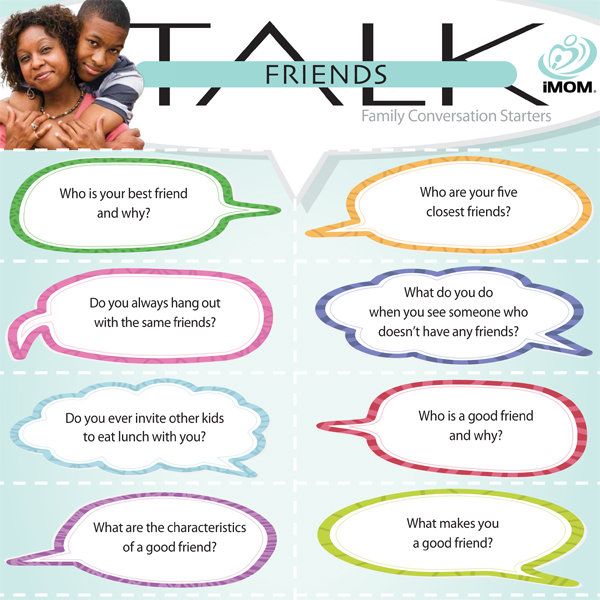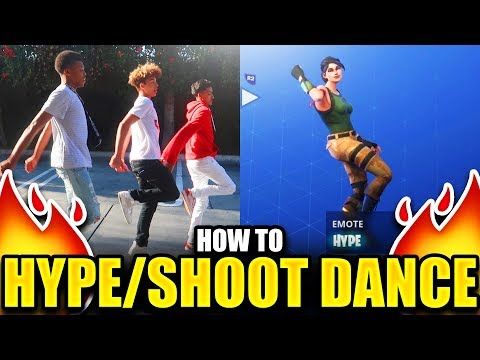How to dance like a cyber goth
How to Dance Gothic
How to Dance Gothic
By Kai MacTane and Antigone
Illustrations by Antigone
You went out to your local goth club in your black velvet frock coat, your hair teased up bigger and rattier than Edward Scissorhands’, and lace dripping from your wrists and throat. You looked fabulous. But as soon as you got on the dance floor, everyone started laughing — eventually, they had to toss you out of the club for being “deleterious to the proper level of angst.”
You need to learn to dance gothic.
It’s not that hard; just learn these simple moves and soon you can blend in with all the other spooky individuals on the dance floor at your local batcave. After all, for such an individualistic crowd, it’s kind of surprising how goths all seem to use the same moves. Maybe it’s something encoded in the Goth Genes™ rather than just lack of originality...
All difficulties and Goth Ratings are on a scale of one (pathetically easy or ridiculously non-gothic) to five (tragically difficult or stylishly über-gothic).
| Difficulty: Goth Rating: | |
| Put your hands in front of your face or maybe upper torso, elbows bent at about a 45-degree angle. Your palms should face away from your body, and your arms, wrists and fingers should be very loose. Now make swirly motions with your hands — the usual is circles going outwards at the top and back in towards the center of your body at the bottom, but some people just wave their hands around seemingly at random in a vertical plane in front of their faces. For maximum goth effect, the rotation of your circles should be a little out of phase — one hand should reach 12 o’clock in its circle a little bit before the other one. It helps if you make slight wavy motions with your fingers while you’re doing this one. These motions need to be slow, however — you don’t want it to look like you’re waving bye-bye; you want it to look like your fingers are gently weaving in an almost hypnotic pattern. Variation: For extra stylishness, you can move the center-points of your two circles simultaneously from one side to the other, letting your hands trail off into some other gesture when they get too far. (This can segue nicely into "Which Way is the Exit?", below.) | |
| Difficulty: Goth Rating: | |
| This one is much like Washing the Windows, but with two differences. Instead of facing your palms away from you, you hold your hands with the palms facing each other, a little closer than shoulder width. Then, instead of moving them in vertical circles, you spiral your hands around each other in a horizontal circle, parallel with the floor. It’s a little trickier, because you have to drop one hand under the other to keep from smacking your forearms together, but you don’t want to make it too obvious — your hands should just spiral lazily around each other with no apparent effort. In fact, “no apparent effort” is a good phrase to describe all these moves. Goth dancing isn’t really energetic; the idea is to be slow, graceful and languorous. | |
| Difficulty: Goth Rating: | |
| Put your arms outward and down at about a 45-degree angle from your body, with your hands around the level of your hips and the palms facing the floor with fingers spread. Don’t lock your elbows. Now, make horizontal circles with your hands, parallel to the floor. Unlike Washing the Windows, you want these circles to go in the same direction as each other, not in opposite directions. Take careful note of the direction of the arrows in the illustration. Don’t worry if your hands try to move forward a bit rather than staying out to the sides; that’s standard for this move. | |
| Difficulty: Goth Rating: | |
| In many ways the signature gothic dance move, this one is so simple, even a corpse could do it. The only real caveat with this one is, since it’s so obviously gothic and so totally butt-easy, you don’t want to rely on it overmuch. Save it for the single moment in any given song where the singer is displaying the maximum amount of angst, and don’t stick in this position for longer than a couple of beats. Otherwise you’ll look like a wannabe. | |
Interlude:
So far, you’ve gotten a bunch of moves with the hands. “What about my feet?” you may be wondering. “Where are the little footprint diagrams?” The answer is, there are very few of those here. There don’t need to be very many. Goth dancing doesn’t generally rely on fancy footwork, for a variety of reasons:
- Many goth women wear long skirts and dresses, flowing gowns, and other Victorianesque garments that practically brush the floor.
 Any fancy footwork they did on those would be invisible. Sometimes, it’s hard to tell if those people even have feet.
Any fancy footwork they did on those would be invisible. Sometimes, it’s hard to tell if those people even have feet. - Many goths, both male and female, wear extremely pointy shoes, sometimes with a lift to the heels. These things are designed for looks, not traction or comfort. When your heels are wobbling and your toes are pinched, you don’t tend to do much fancy stepping.
- Alcohol and yes, drugs, are still a part of the goth subculture. It has occasionally been noted that sometimes the dancers simply stand and sway (the move known as “I Am a Frond of Seaweed”) because that may be all they are capable of at the time.
But there are a few goth foot maneuvers, which can be a very important and valuable addition to your gothic dancing. However, if you’re the “two left feet” type, or your own feet hurt, you can just move your feet in random patterns in time with the beat, and everything will be fine.
| Difficulty: Goth Rating: | |
| Stand with one foot pointing directly forward and the other behind it, angled out at about 45 degrees, as in the illustration to the left. On the next beat, lean forward, transferring your weight to your front foot. Then move the rear foot past the front one, pivoting 45 degrees on the ball of your foot as you do so. This should put you in the exact mirror of the position you were in a moment ago. As you can see in the illustration at right, the foot-pivot happens simultaneously with moving your other foot. “Wow, I could just walk all the way across the floor like this!” you think to yourself. Don’t do it. Take two steps total, maybe three, then reverse it and go backwards. Real goths never use this move to make any real progress; they just go back and forth with it. This is a good one to practice at home before you try it out on a public dance floor in front of dozens of goths who will mock you mercilessly if you accidentally fall on your face when you mess up. | |
My Artificial Hip Joint | Difficulty: Goth Rating: |
| Stand with your weight on one foot, with the other foot out in front of you. The stance should be somewhat similar to just after move 1 in "With Catlike Tread" (above), but your left foot should be pointing directly forward instead of out at an angle, and you needn’t be up on the balls of your feet. However, you shouldn’t have any weight on your right foot; you’re about to lift and move it. Lift your right foot just a tiny bit off the floor, then glide it around and out in a circle, keeping the knee straight and moving your leg from the hip. | |
Testing the Scratching Post | Difficulty: Goth Rating: |
| This one builds on Changing the Light Bulb, above. | |
| Difficulty: Goth Rating: | |
| Put your arms out to both sides, like you’re being crucified or something. As you do, swirl around once or twice, but remember to do it slowly, not quick like a little kid trying to get dizzy. If you do it right, this one can have some of the feel of time wheeling onward, the spin of the earth around the sun, and so on. Variations: This is one the most personalizable of all the moves here. You don’t even need to put both arms out; you can keep one in front of your body (ready to do some other move), or put it behind your back, or you can put it up to your forehead to show how angst-ridden you truly are. | |
"Ow! I Cut My Wrists!" | Difficulty: Goth Rating: |
| Start with "Stuck in My Coffin", above. Move your hands together until your thumbs touch. Now slowly drop your hands forward and down away from your body, keeping your elbows up against your waist. You can let one hand sort of slide across the other as you do this, in a sort of asymmetrical showing-off of the scars on the inside of your wrists. Like “Which Way is the Exit?”, above, this is a great one for displaying how angst-ridden you truly are. However, keep in mind that neither of these will really look quite right unless you actually are filled with angst (or at least can fake it reasonably well). | |
Of course, simply knowing these moves isn’t all there is to dancing gothic-style. While you’re practicing the moves at home, you’ll probably also want to practice stringing them together, so you don’t look like you’re doing one move in complete isolation, then doing another with no connection to it.
One other benefit of learning these moves — and their names — is that you can have hours of fun being a gothic dance critic, rating your friends (and social rivals) on how well they perform, say, “Sweeping the Floor”. And consider the scathing put-downs:
| Morticia: | “I think Simon’s dancing is just wonderful, don’t you?” |
| Vlad: | “He changes the lightbulb far too often, and he just can’t seem to figure out how to sweep the floor properly. ” ” |
Kai MacTane has been webmastering the GothPunk.com(Munity) for six years now. People often compliment his dancing. Antigone personally prefers to dance punk, but she draws good stick figures.
Back to
How Orange Justice Is Tied To A Viral Cybergoth Dance Video
How Orange Justice Is Tied To A Viral Cybergoth Dance VideoSubscribeGive A Gift
Things you buy through our links may earn New York a commission.
Photo: Screenshots via YouTube
Given the internet’s ability to transcend physical borders and language barriers, it’s no surprise that dance videos have always been a cornerstone of meme culture. The online-dance-craze ecosystem started with viral videos like the Numa Numa Guy and Star Wars Kid, and then harnessed by more deliberate efforts like the Soulja Boy dance or Baauer’s Harlem Shake.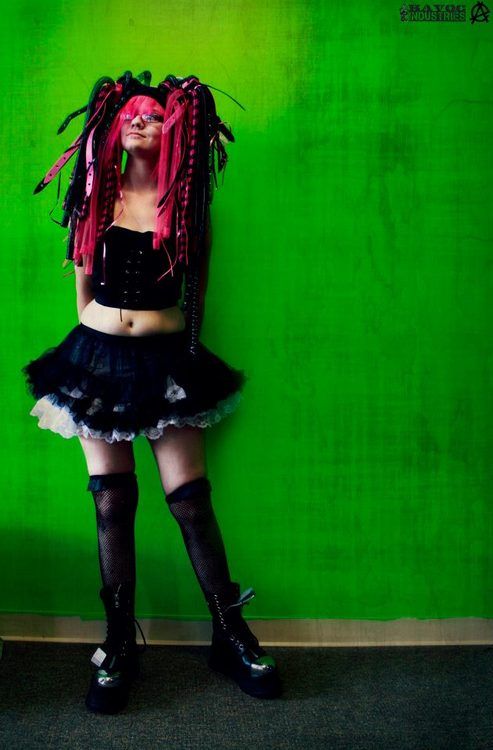 The next evolution of the viral dance craze is the emote: premade dance animations that players can make their avatars perform. Because games have a limited selection of dances available, a popular game can propel any move it incorporates into ubiquity.
The next evolution of the viral dance craze is the emote: premade dance animations that players can make their avatars perform. Because games have a limited selection of dances available, a popular game can propel any move it incorporates into ubiquity.
That’s what’s happening with Fortnite, which has added dance moves like the Milly Rock (in-game name: “Swipe It”), the Carlton dance (a.k.a. “Fresh”), BlocBoy JB’s “Shoot” dance (a.k.a. “Hype”), and Backpack Kid’s signature dance (a.k.a. “Floss”). Attend a middle-school dance or a family wedding or any large gathering of the youth and you’re more likely than not to see these moves performed.
Perhaps the unlikeliest of these well-known moves is a dance called “Orange Justice,” which was popularized by a boy known as Orange Shirt Kid.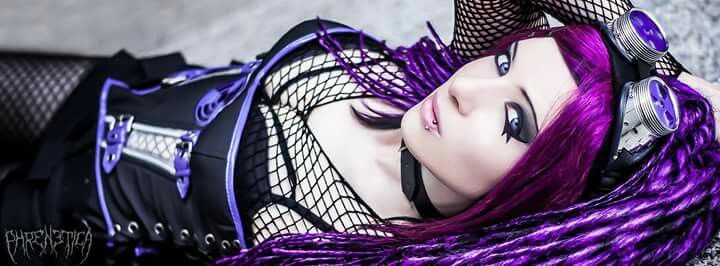 Last spring, Fortnite held a contest in which contestants could submit videos of dance moves, and the winning move would be added to the game. While Orange Shirt Kid did not win — he placed 23rd — his video was a fan favorite that went viral, leading Epic Games to add the move anyway. His mother, Rachel McCumbers, is now suing Epic on behalf of her son, claiming he is the victim of “unauthorized misappropriation of Orange Shirt Kid’s highly popular signature dance.” (Because he is a minor, Orange Shirt Kid is only referred to in court documents as “C.C.M.” He and his mother reside in Maryland.)
Last spring, Fortnite held a contest in which contestants could submit videos of dance moves, and the winning move would be added to the game. While Orange Shirt Kid did not win — he placed 23rd — his video was a fan favorite that went viral, leading Epic Games to add the move anyway. His mother, Rachel McCumbers, is now suing Epic on behalf of her son, claiming he is the victim of “unauthorized misappropriation of Orange Shirt Kid’s highly popular signature dance.” (Because he is a minor, Orange Shirt Kid is only referred to in court documents as “C.C.M.” He and his mother reside in Maryland.)
The Fortnite effect is most vivid on platforms like TikTok, the video-sharing platform that lets users recycle each other’s sound bites and remix and iterate upon each other’s posts. If one scans the app’s feed, or watches compilations of memes like “We got ’em,” they are greeted with endless performances of Hype, Floss, and Orange Justice.
The popularity of dance moves and their transmission around the internet can lead to a number of tangled questions that the culture is currently wrestling with. What does it mean to “create” a style of dance? Can someone own a dance move — legally or even morally? If a dance goes viral, who deserves the credit? While Orange Shirt Kid’s role in the popularity of “Orange Justice” cannot be denied, he also owes a debt to his viral forebears: the cybergoths.
Cybergoth is a hybrid aesthetic that emerged in the late ’90s, combining goth and raver fashion. Its color scheme, combining black and neon clothing, was described by Vice as “too creepy for the ravers, too neon for the goths.” There is a bit of rivethead flare too — some cybergoths wear gas masks or goggles. They might also wear bright hairpieces known as cyberlox. The preferred musical style of the cybergoth is techno music, usually operating in the low to mid hundreds in terms of beats per minute.
They might also wear bright hairpieces known as cyberlox. The preferred musical style of the cybergoth is techno music, usually operating in the low to mid hundreds in terms of beats per minute.
You are probably at least a little familiar with cybergoths, even if you’ve never heard the word. Google “cybergoth dance” and your top result will likely be a video featuring a group of cybergoths dancing under an overpass in Dusseldorf, Germany. The most popular version, “Cybergoth Dance Party” has received more than 10.6 million views since September 2011. “Goth Underpass Rave” has been viewed more than 5.2 million times since January 2012. Both of them are freebooted versions, ripped from a YouTuber named GothicIke, who posted the original video, “6. Cybertreffen am 12.3.11” in March 2011.
“These meetings started around the time when the Cybergoth scene was at its peak in our area, probably in Germany in general,” GothicIke, known in the scene as Kenji Icarus, told me over email.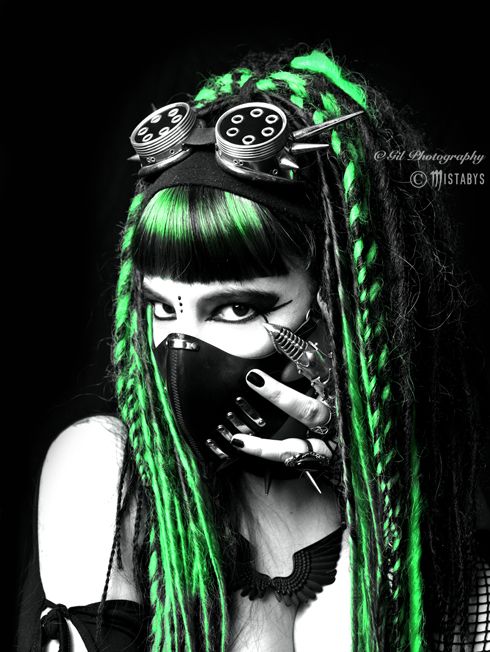 “Clubs were filled and the dancefloor was crowded. Not the best premise for this particular dance style as it is demanding quite some space. So someone came up with the idea to bring people from underground clubs to places with more space.”
“Clubs were filled and the dancefloor was crowded. Not the best premise for this particular dance style as it is demanding quite some space. So someone came up with the idea to bring people from underground clubs to places with more space.”
It’s not difficult to understand the need for space. The cybergoths are performing a type of dance known as industrial dance, writhing along to the beat of a remix of Lock ’N Load’s “Blow Ya Mind.” Kenji admitted over email that the style “looks very aggressive on the outside. Many people describe it as ‘fighting an invisible enemy’ because some moves look like throwing a punch or trying to trip someone up.” Dancers flail arms and kick their legs. They perform in wide-legged pants that look like JNCO jeans, and large hairpieces (known as cyberlocks or cyberloxx apparently). One of them is wearing a gas mask. According to Kenji, there isn’t really any set choreography, just a main rule of thumb: “one move per beat,” usually set to songs operating between 120 and 150 beats per minute.
According to Kenji, there isn’t really any set choreography, just a main rule of thumb: “one move per beat,” usually set to songs operating between 120 and 150 beats per minute.
For the six months following Kenji’s uploading of the cybergoth video, there was little activity. He does not have a large YouTube following and most of his other videos have a relative handful of views. “In September 2011,” he recalled “the views for the video had exploded within 24 hours (from a few hundred to over 80,000) and the comments shifted from mainly German to mostly English.”
It was not very difficult to find the source of all of this attention. “After a long moment of disbelief and a bit of research,” he said, “I found my video reposted on a site called Barstool Sports, which confused me even more, as it appeared to be a sports site/blog. From there it, reached Reddit shortly after and took off.”
From there it, reached Reddit shortly after and took off.”
Because they are dancing to a four-on-the-floor beat, and because the “industrial dance” has one move per beat, the video can fit over a wide variety of music genres. Which is to say, it is very memeable. Clips replacing the original song with other songs went viral on social media — rap songs like Waka Flocka Flame’s “Hard in Da Paint” or Future’s “Mask Off,” but also even more incongruous tracks, like the theme to “Thomas the Tank Engine” or Mariah Carey’s “All I Want for Christmas Is You.”
It wasn’t particularly fun for Kenji and the rest of the cybergoths though: “At first it was really annoying as the only remix they did was with the Benny Hill theme. That joke got old very fast. And yes, people were actually making fun of us. Also most comments reached from mean to distasteful to plain insulting.”
That joke got old very fast. And yes, people were actually making fun of us. Also most comments reached from mean to distasteful to plain insulting.”
Over time, the pain has dulled. Now Kenji says that “when I see another version or an older one that comes around for the hundredth time, it has more of a nostalgia feeling to me.” At a certain point, the sheer scale of effort put into remixing his video has become impressive. I feel relatively confident in declaring Kenji Icarus’s clip to be the most famous cybergoth footage on the internet.
Years later, the popularity of “Orange Justice” has drawn comparisons to the industrial dance seen in the famous cybergoth clip. In particular, commenters on YouTube have drawn attention to a dancer about 30 seconds into the clip whose moves are stylistically similar to Orange Shirt Kid.
Kenji said that the similarities between “Orange Justice” and industrial dance are obvious. “It appears to be relatively close to Industrial Dance. I’d say it might be an adapted version,” he said. He added a few vital caveats: “Orange Justice is faster, a bit more simplified in its variety of moves (probably due to the higher speed) and overall more fluent.”
Whether Orange Shirt Kid is familiar with the cybergoth underpass rave is not clear. A message sent to Pierce Bainbridge, the law firm representing his mother in the lawsuit, went unreturned. If I had to guess, it’s probably not the best move to publicly acknowledge any similarity between a dance one is trying to claim as intellectual property and a viral video from years prior.
One person who did acknowledge the similarities between newer dances and the old cybergoth clip is Roy Purdy, a social-media star with more than 1.8 million fans on Facebook, 2.7 million subscribers on YouTube, and 3.5 million on Instagram. Urged on by his fans, Purdy also submitted a video of his own signature dance move to Fortnite’s contest.
Like the cybergoths and Orange Shirt Kid (presumably), Purdy has no formal training in dance. The move, in which he rhythmically flails his arms while his knees and hips move from side to side, placed ninth overall, 14 spots ahead of “Orange Justice.”
OKAY SO HERE IT IS. My #BoogieDown submission.
— ROY PURDY (@RoyPurdy) April 9, 2018@FortniteGame @EpicGames
RT if you wanna see this dance in FortNite pic.twitter.com/uvV8tz52T3
In late May of last year, Purdy posted a video of himself doing his signature dance in front of a Fortnite avatar performing “Orange Justice.” The caption, “You vs the guy she tells you not to worry about,” was a slight jab at the moves’ similarities, and the fact that his move predates Orange Shirt Kid’s by a significant amount of time.
You vs the guy she tells you not to worry about pic.twitter.com/Zntu0cY146
— ROY PURDY (@RoyPurdy) May 28, 2018
“I’m not too worried about the whole Fortnite situation,” Purdy said over the phone.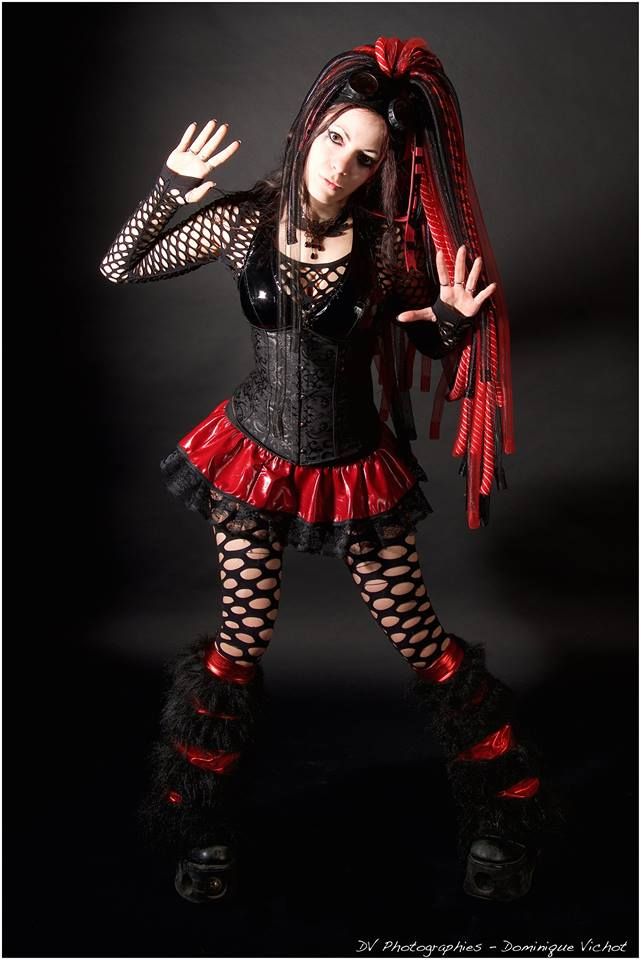 “It’s more my fans who are mad I didn’t get credit. To me it’s just like a dance I did for fun, so it doesn’t really bother me who does it or who uses it.”
“It’s more my fans who are mad I didn’t get credit. To me it’s just like a dance I did for fun, so it doesn’t really bother me who does it or who uses it.”
Before I was able to describe it in detail, Purdy even acknowledge a debt of gratitude to the old cybergoth clip. “That video’s like the first video where you see like that arm motion from the dance. That’s why I don’t really like to say I invented it.”
There’s substantial irony in the fact that recent dance crazes like “Orange Justice,” where real people are imitating behavior seen in computer programs instead of in the real world, feel aesthetically and thematically linked to cybergoth culture. I’d say much of the current, emote-dictated dance culture owes a lot to cybergoth, a musical genre dedicated to probing the relationship between man and machine.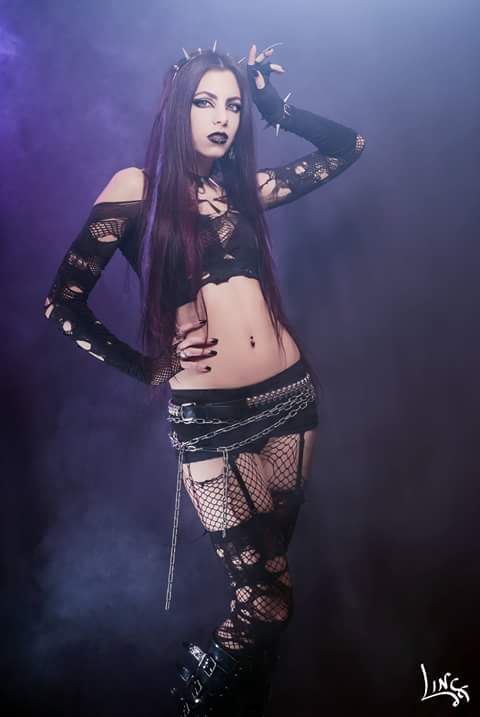 In “‘And machine created music’: Cybergothic music and the phantom voices of the technological uncanny,” music scholar Isabella van Elferen elaborates on the tension inherent to this subculture. Cybergoth songs, she writes, highlight “the musical interplay between biological and technological realities on the one hand, and the past, present and future on the other.”
In “‘And machine created music’: Cybergothic music and the phantom voices of the technological uncanny,” music scholar Isabella van Elferen elaborates on the tension inherent to this subculture. Cybergoth songs, she writes, highlight “the musical interplay between biological and technological realities on the one hand, and the past, present and future on the other.”
[I]t is the musical ‘digital material’ originating from the convergence of music technology and music culture. But it is, moreover, uncanny digital material, as it dwells in the borderlands beyond those dichotomies of musical experience and self-consciously mediates their in-betweenness. As the phantom voices of the cybergothic sing their uncanny song, the listener is confronted with the undead spectres they conjure up: the simultaneous enthusiasm and skepticism for music technology’s autonomous creative agency.
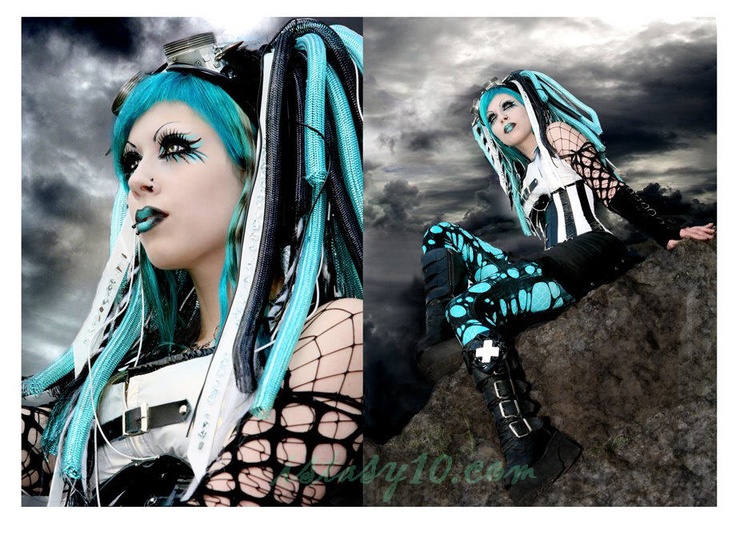
Likewise, there is an uncanny nature to how emotes like “Orange Justice” work. Because users can trigger them at any point in time, emotes often abide by certain rules — they are granular, looped, and performed in place. The most important of these is that emotes are stationary; the axis running vertically through the performer’s body does not travel. Instead, the body stays in one place instead of moving around the environment. This limitation makes emotes heavily dependent on elaborate physicality, pivoting one’s joints in an exaggerated fashion to compensate, in a fashion very similar to the type of cybergoth dancing that went viral years ago. It also makes them a solitary experience. A bunch of players can gather together and emote at once, but they’re usually dancing within proximity to each other than with each other.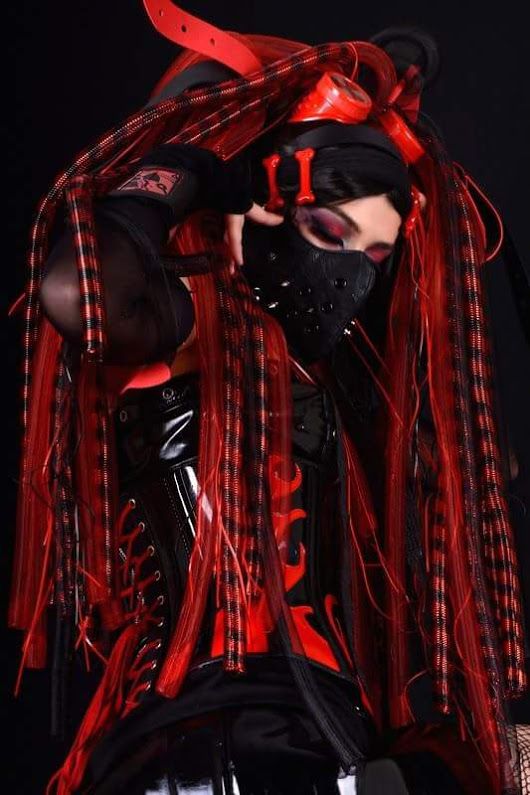
To see those odd digital limitations brought (and adhered) to in our physical realm — as emotes are performed as dance moves at parties and in viral videos more and more frequently — only heightens that uncanny feeling. What seemed like a silly viral video eight years ago has now come to typify youth dance culture, online and off. It turns out the cybergoths really were ahead of their time.
Sign Up for the Intelligencer Newsletter
Daily news about the politics, business, and technology shaping our world.
This site is protected by reCAPTCHA and the Google Privacy Policy and Terms of Service apply.
A Viral Video of Cybergoths Presaged the Emote Dance CrazeThings you buy through our links may earn New York a commission.
games
games
The Seven Most Important Athletes of 2022
By Will Leitch
Records broken, swan songs sung, and a superstar freed.
extreme weather
extreme weather
Oh the Weather Outside Is Frightful
By Chas Danner
Vast stretches of the country have been struck by the bomb cyclone, making a treacherous mess.
year in review
year in review
Intelligencer’s 20 Most-Read Stories in 2022
By Intelligencer Staff
The articles our readers were most deeply engaged with this year.
the power trip
the power trip
Donald Trump’s Final Campaign
By Olivia Nuzzi
Inside his sad, lonely, thirsty, broken, basically pretend run for reelection. (Which isn’t to say he can’t win.)
early and often
early and often
Senate Passes Massive Spending Bill That Closes January 6 Loophole
By Ed Kilgore
A dispute over immigration policy nearly blew up the whole thing, but the deal got done — with Electoral Count Act reforms intact.
early and often
early and often
The MTG-Boebert Feud Is Fueled by Diverging Political Paths
By Ed Kilgore
Marjorie Taylor Greene has a safe seat and every reason to make a bid for House GOP leadership.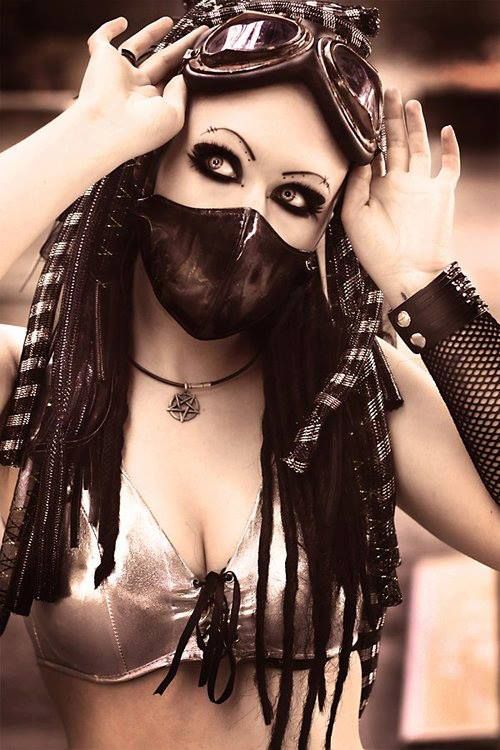 Lauren Boebert needs to scrap for votes back home.
Lauren Boebert needs to scrap for votes back home.
early and often
early and often
Poll: Sinema Would Get Crushed As an Independent in 2024
By Ed Kilgore
Worse yet, she’s so weak that she might not even be able to execute a threat to throw her Arizona U.S. Senate seat to the Republicans.
politics
politics
What Hasn’t George Santos Lied About?
By Nia Prater
A new report suggests George Santos lied about his family escaping anti-Jewish persecution in Europe during World War II.
ftx
ftx
The Feds Flipped Two of SBF’s Top Lieutenants
By Matt Stieb
Alameda CEO Caroline Ellison and FTX co-founder Gary Wang pleaded guilty to wire fraud, putting Sam Bankman-Fried in an even deeper hole.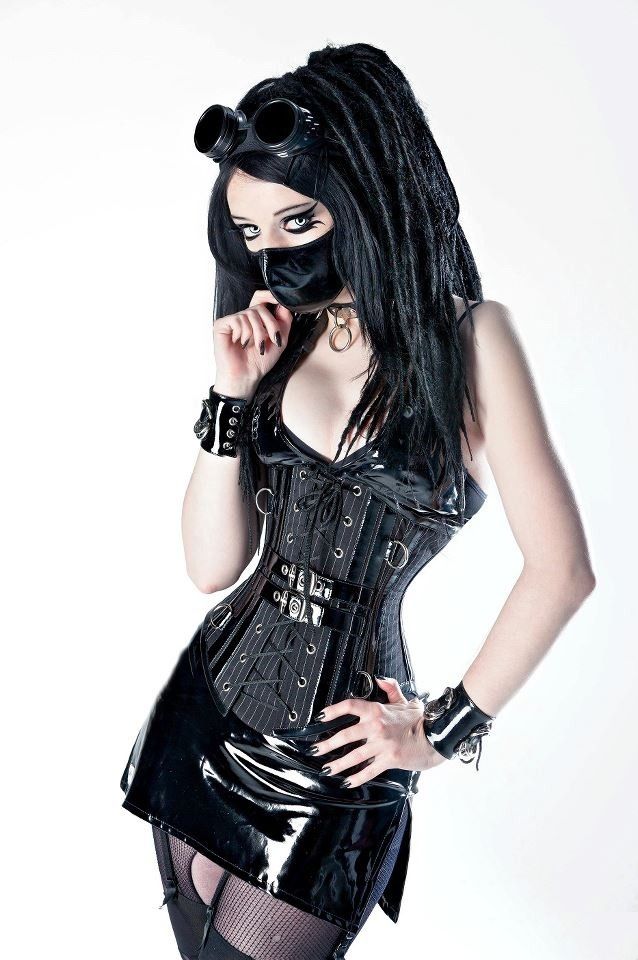
early and often
early and often
New Hampshire Threatens Biden With Loss of Electoral Votes
By Ed Kilgore
Granite State Democrats are refusing to copy with Biden’s plan to make South Carolina the first primary, arguing it could flip the state to the GOP.
early and often
early and often
The Fall of the Progressive Boy King
By David Freedlander
Sean McElwee formed a lucrative alliance with SBF. Then his patron went bust and he suffered his own scandal.
exhibit a
exhibit a
The January 6 Committee’s Best and Worst Cases Against Trump
By Ankush Khardori
The Justice Department has been given a grab bag of options for prosecution.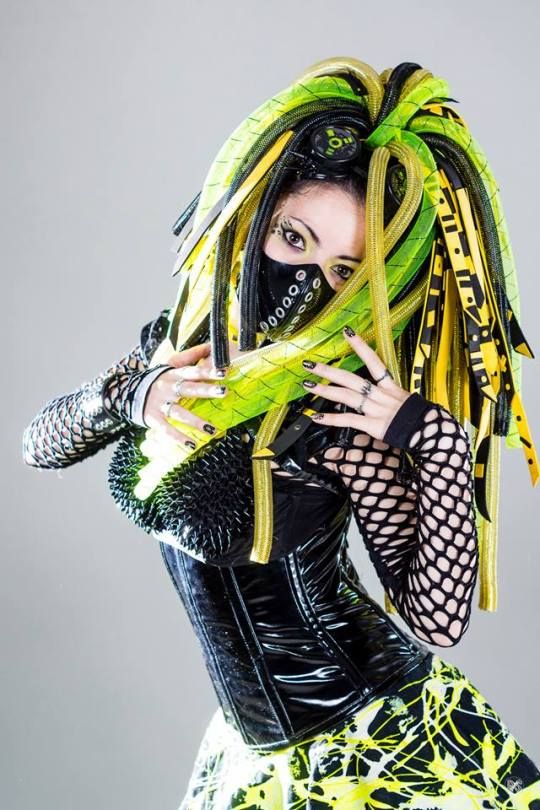
tremendous content
tremendous content
Are the Trump NFT Trading Cards Full of Unauthorized Images?
By Margaret Hartmann
Trump’s NFT collection allegedly uses unlicensed images from sources like Amazon and Reuters, and watermarks are visible in some illustrations.
just asking questions
just asking questions
What It’s Like in China As Everyone Gets COVID
By Benjamin Hart
Darin Friedrichs, a market analyst based out of Shanghai, on daily life amid a chaotic policy shift.
ftx fallout
ftx fallout
Who Gets FTX’s and Sam Bankman-Fried’s Money Now?
By Matt Stieb
Customers, politicans, and media organizations all received the fruits of a massive fraud.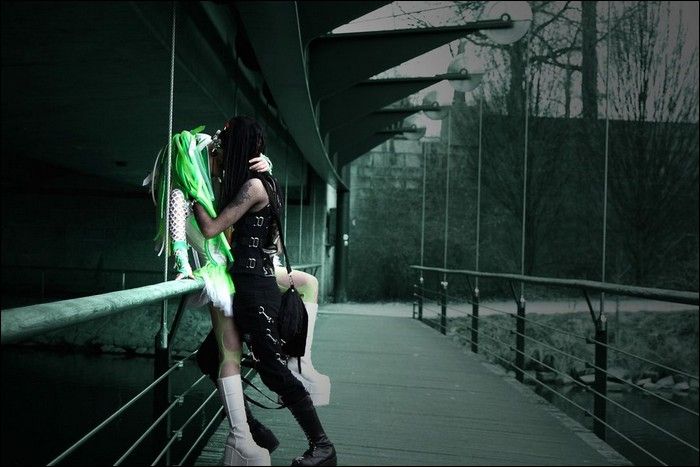
early and often
early and often
McCarthy Makes Weird Threat to Thwart GOP Senators
By Ed Kilgore
Twenty-one Republican senators just ignored him, voting to advance a compromise-spending bill.
the sports section
the sports section
Steve Cohen’s Midnight Miracle
By Joe DeLessio
The billionaire owner’s transformation of the Mets continues with a blockbuster deal for Carlos Correa.
early and often
early and often
Even Trump Accepts That Electoral Count Act Reform Is Near
By Ed Kilgore
Congress is poised to explicitly outlaw the insurrectionary move Mike Pence was pressured to deploy. Now Trump claims he doesn’t care.
Now Trump claims he doesn’t care.
year in review
year in review
New York’s 20 Most-Read Stories in 2022
By Intelligencer Staff
The articles our readers were most deeply engaged with this year.
the group portrait
the group portrait
How CoinDesk Took Down SBF
By Kevin T. Dugan
The reporting team who shook up the crypto world.
headhunting
headhunting
Who Could Be the Next CEO of Twitter?
By Matt Stieb
A handful of options for a possible post-Musk era.
early and often
early and often
Ivanka Trump Gave the January 6 Panel What It Needed
By Margaret Hartmann
Was she “entirely frank” and “forthcoming” in her testimony? The panel says no — but at least she gave the hearings some star power.
politics
politics
A Newly Elected Congressman Seems to Have Made Up His Life Story
By Nia Prater and Benjamin Hart
The New York Times discovered that Long Island’s George Santos is not who he claims to be.
life after roe
life after roe
A National Abortion Ban Will Be a 2024 GOP Litmus Test
By Ed Kilgore
Republican candidates may prefer not to talk about the issue.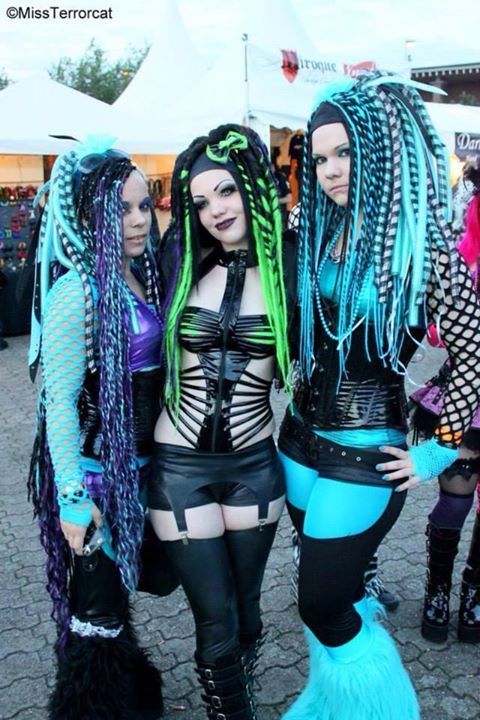 But anti-abortion activists will force the discussion in the presidential primaries.
But anti-abortion activists will force the discussion in the presidential primaries.
politics
politics
City Councilman’s Office, Apartment Building Targeted by Anti-LGBTQ+ Protesters
By Nia Prater
Erik Bottcher shared images of hateful graffiti outside his apartment building, which he said was the result of “unhinged online conspiracy theories.”
Email You\'ll receive the next newsletter in your inbox. *Sorry, there was a problem signing you up.
This site is protected by reCAPTCHA and the Google Privacy Policy and Terms of Service apply.
Already a subscriber?
What is your email?
This email will be used to sign into all New York sites.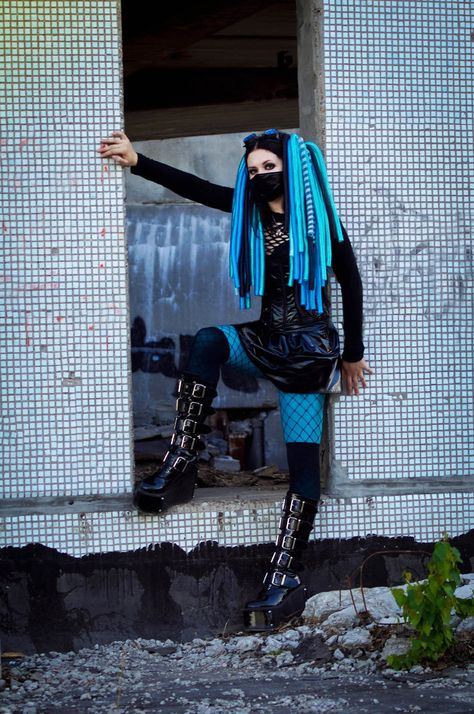 By submitting your email, you agree to our Terms and Privacy Policy and to receive email correspondence from us.
By submitting your email, you agree to our Terms and Privacy Policy and to receive email correspondence from us.
Enter your email: Please enter a valid email address.
Sign In To Continue Reading
Create Your Free Account
Password must be at least 8 characters and contain:
This password will be used to sign into all New York sites. By submitting your email, you agree to our Terms and Privacy Policy and to receive email correspondence from us.
You’re in!
As part of your account, you’ll receive occasional updates and offers from New York, which you can opt out of anytime.
Already a subscriber?
What is your email?
This email will be used to sign into all New York sites. By submitting your email, you agree to our Terms and Privacy Policy and to receive email correspondence from us.
Enter your email: Please enter a valid email address.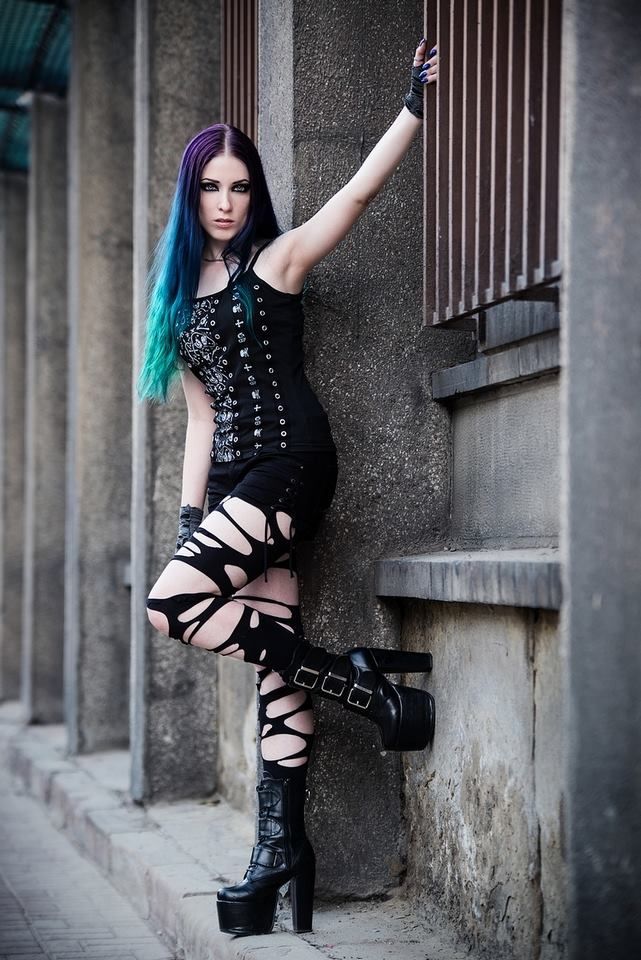
Sign In To Continue Reading
Create Your Free Account
Password must be at least 8 characters and contain:
This password will be used to sign into all New York sites. By submitting your email, you agree to our Terms and Privacy Policy and to receive email correspondence from us.
You’re in!
As part of your account, you’ll receive occasional updates and offers from New York, which you can opt out of anytime.
Already a subscriber?
Already a subscriber?
Email You\'ll receive the next newsletter in your inbox. *Sorry, there was a problem signing you up.
This site is protected by reCAPTCHA and the Google Privacy Policy and Terms of Service apply.
Already a subscriber?
What is your email?
This email will be used to sign into all New York sites. By submitting your email, you agree to our Terms and Privacy Policy and to receive email correspondence from us.
Enter your email: Please enter a valid email address.
Sign In To Continue Reading
Create Your Free Account
Password must be at least 8 characters and contain:
This password will be used to sign into all New York sites. By submitting your email, you agree to our Terms and Privacy Policy and to receive email correspondence from us.
You’re in!
As part of your account, you’ll receive occasional updates and offers from New York, which you can opt out of anytime.
Already a subscriber?
What is your email?
This email will be used to sign into all New York sites.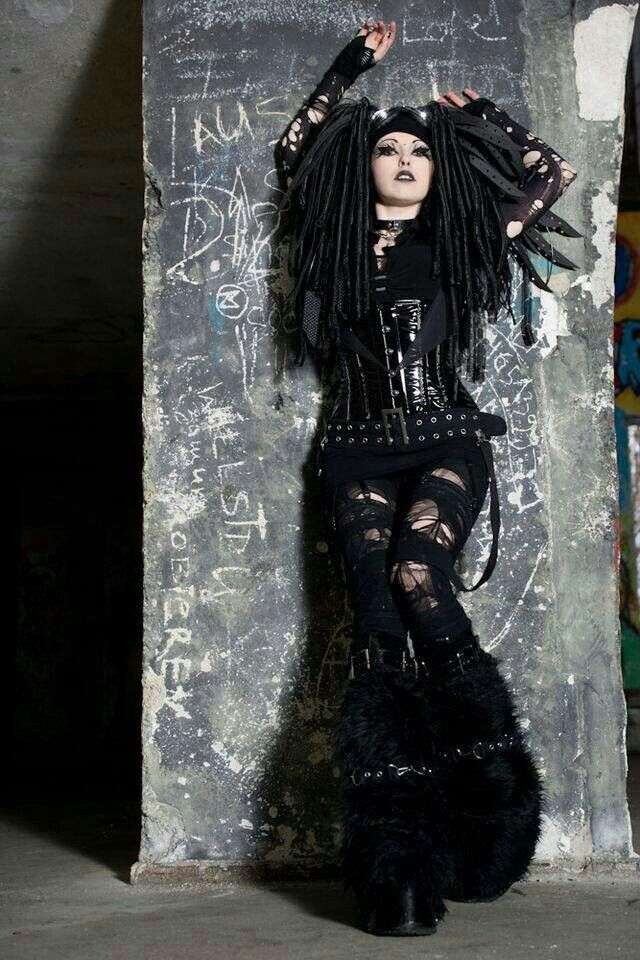 By submitting your email, you agree to our Terms and Privacy Policy and to receive email correspondence from us.
By submitting your email, you agree to our Terms and Privacy Policy and to receive email correspondence from us.
Enter your email: Please enter a valid email address.
Sign In To Continue Reading
Create Your Free Account
Password must be at least 8 characters and contain:
This password will be used to sign into all New York sites. By submitting your email, you agree to our Terms and Privacy Policy and to receive email correspondence from us.
You’re in!
As part of your account, you’ll receive occasional updates and offers from New York, which you can opt out of anytime.
Already a subscriber?
Already a subscriber?
Cybergoths: how a mixture of styles gave birth to a new subculture
As you already understood, today we will introduce you to the cybergoth subculture. True, today you can see Cybergoths only in clubs at theme parties or at some cosplay festivals. But who cares.)
How did the Cybergoths appear?
The term " cybergoth " was first used in 1988 by the role-playing game company Games Workshop in their game series: "Dark Future". Analysts say that this was nothing more than a marketing ploy on the wave of cyberpunk popularity: publishers connected two diverse areas with each other (Gothic & Science Fiction) to reach an even larger audience.
However, the subculture itself and its style were formed only a decade later on the wave of rave parties, industrial and cyberpunk aesthetics. The goth subculture, with its addiction to dark, gloomy extreme makeup and melancholy, was placed in the world of the future - cyberpunk with digital technology, implants and artificial materials.
“Post-industrial, being an actively developing and promising direction of music, but , which does not have any subculture at its core, connected like two ideal pieces of a puzzle with visual and aesthetic cybergothic - an emerging subculture that at that time did not have its own, clearly defined, musical component ”- Konstantin, a representative of the cybergothic crowd
- Advertisement -
Konstantin: “The Cyber Goth movement started in England and America at the same time. The English part of it is former gothic rock bands that stopped playing mournful gothic rock, added futuristic lotions to their look and made the sound more electronic, in places generally moving into some kind of electrogoth (electrogoth), as well as electroclash and other experiments . nine0005
And, taking into account the new specifics, fans of hanging out began to reach out to their performances, i. e. already ravers. It was some kind of balance between gloom and brightness, traditionally associated with raves, discos. A very strange mixture, but it is this aesthetic that has taken root. But the music is not. It was several years of experimentation. It was really experiments, because each of these groups did something completely “own”.
e. already ravers. It was some kind of balance between gloom and brightness, traditionally associated with raves, discos. A very strange mixture, but it is this aesthetic that has taken root. But the music is not. It was several years of experimentation. It was really experiments, because each of these groups did something completely “own”.
By 2005, probably, and maybe even earlier, everything completely rotted away and no one remembered these bands, but they gave an impetus - the image and the idea had already been invented, everyone liked the aesthetics, it was new and cool. But there was no musical background. And that's where the rivetheads come in. Industrial, and more specifically post-industrial, EBM, and the like. Postindustrial dance styles. This music did not have any subculture or organized movement of its own. There were rivetheads, but again, it’s even difficult to call them a subculture, because. industrial is not a genre, but a colossal collection of genres.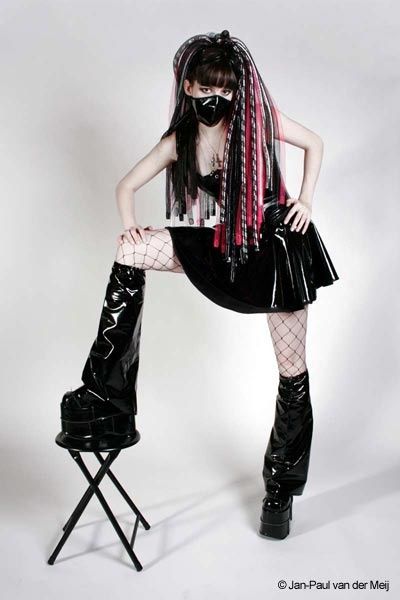 Cybergoths, on the other hand, were interested in just that part of the post-industrial, which was the least popular among rivethead industrialists - dance! nine0005
Cybergoths, on the other hand, were interested in just that part of the post-industrial, which was the least popular among rivethead industrialists - dance! nine0005
Cybergoths, ravers and rivetheads: style elements
Western youth of the late 1980s and early 1990s actively experimented with various subcultural styles. One of the predecessors of the Cybergoths was the Gravers (Gothic Ravers). Since 1988, raves have been called mass discos and club parties, which performed electronic music in the style of techno and acid house. The appearance of the ravers was characterized by the use of fluorescent paints and artificial materials (vinyl, plastic, latex). Cybers can be found in clubs where they dance to: trance, d'n'b, techno, dark electro, industrial, etc.
Another subculture that influenced cybergothic was the industrial subculture (industrial), whose adherents also call themselves rivetheads or rivets. Men usually cut their hair short and wear goggles - goggles, black trousers or camouflage pants, high heavy boots or boots, respirators, industrial symbols (biological, radioactive hazard badges). It is the post-industrial scene that today is more associated with cybers.
It is the post-industrial scene that today is more associated with cybers.
As a result of the synthesis of symbols, norms and values, the Cybergoths arise, most often considered as a direction or trend within the Gothic subculture ( although the Cybergoths do not think so ). Thus, this synthesis is seen as a syncretic youth "post-subculture", a mixture of styles.
Cybergoth appearance
Cybergoth subculture attributes are very peculiar, especially in clothes where black color is combined with bright accessories of acid colors. Particular attention is paid to hairstyles of various colors. Cyberlocks are popular - hairpieces made of plastic, rubber, foam tapes and other maximally, emphatically synthetic and unnatural materials. Anyone can wear dreadlocks, but it is cyberlocks that are the hallmark of cybergoths, a unique feature
Also in the cyber-goth's wardrobe are welding goggles, respirators, and metal fittings. Often there are elements of military style, signs of radioactive and biological hazards, biohazard are often used. Piercing is also welcome.
Often there are elements of military style, signs of radioactive and biological hazards, biohazard are often used. Piercing is also welcome.
Extreme make-up and no less extreme shoes make cyber goth style unsuitable for everyday use.
Dreadlocks can be made from artificial hair, thick plastic bands, yarn, and more exotic materials such as computer cables, foam strips, and tubular creen. Dreadlocks made from artificial materials can be made in many styles. They can be intertwined with each other or a variant is possible when one color goes into another (transistor dreadlocks). nine0005
The main footwear used is military footwear, high boots with thick soles and lots of straps, studs, etc. Skinny black or foil vinyl pants, branded t-shirts, tops, synthetic zip-up vests, vinyl raincoats, or one-piece bodysuits. Welding goggles (goggles) or flying goggles are popular on the head.
The suit also contains high-tech paraphernalia: microcircuits, chips, barcodes, plastic belts and bracelets, collars, patches with electrical symbols, knee pads and shields, wires, sensors, connectors, sockets. nine0005
nine0005
Philosophy of cybergoths
The lifestyle followed by cybergoths is a kind of look into the future of what a person will become in a few tens or hundreds of years: the absence of natural colors and materials, technology, without which it will be difficult to take a step. Unlike the classical Goths, their philosophy and aesthetics are based not on the past, but on the future. On a future that has ultraviolet light, progressive fashion, huge boots, unusual hair extensions, glasses, cybernetics, body modifications. nine0005
Cyber Goths is a specific performance, an important aspect of which is the rapid development of a technogenic society. This is a kind of lifestyle with the lack of natural materials, they will be replaced by synthetics and latex. This is a total development of technologies, without which a person cannot live, this is cyberspace instead of real life and computer chats instead of live communication.
One of the foundations of this lifestyle is literary genres - cyberpunk (and later post-cyberpunk styles: nanopunk and biopunk), as well as post-apocalyptic.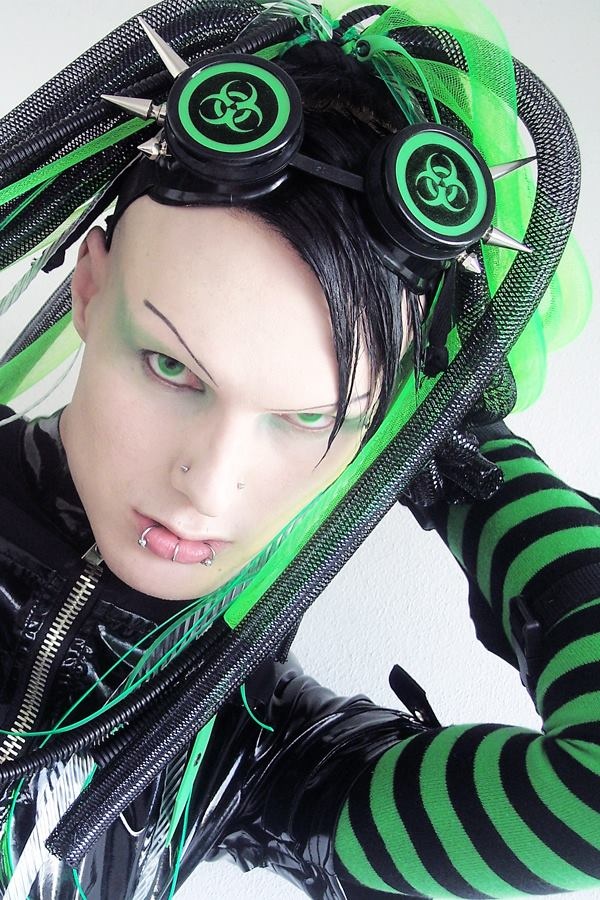 The world of cyberpunk is high technology combined with a low moral level of society and general marginalization. The idea of the death of mankind from some man-made or natural disaster is especially relevant. nine0005
The world of cyberpunk is high technology combined with a low moral level of society and general marginalization. The idea of the death of mankind from some man-made or natural disaster is especially relevant. nine0005
Cybergoth music
Cybergoths' musical preferences include industrial and post-industrial, noise, dubstep, darkwave, trance, techno and electro (EBM, Futurepop, Trance, IDM and other electronic dance music). The musical tastes of cybergoths are clear rhythmic dance marches with bewitching "inhuman" vocals and bright admixtures of electronic ambient.
Synthpop-like Front 242, Nitzer Ebb, Leaether Strip, Front Line Assembly appear online as examples; in the style of Techno-industrial and Dark Electro - Project Pitchfork, Funker Vogt, Decoded Feedback, In Strict Confidence, Solitary Experiments; Snog, Wumpscut, Velvet Acid Christ, Suicide Commando, Hocico, Noisuf-X, X-Fusion. nine0005
In general, the first cybergothic musical groups appear only in the late 1990s - Goteki (1997, by the way, the name of the group was also borrowed from the game - Wipeout for Playstation), EverEve, Nekromantik and others.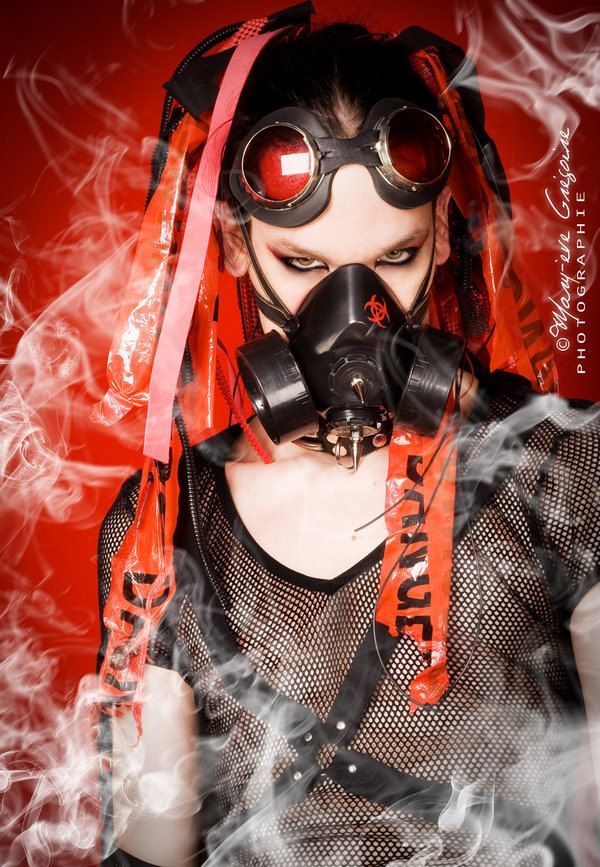 And it is from this moment that the formation of a full-fledged subculture with its bright representatives begins.
And it is from this moment that the formation of a full-fledged subculture with its bright representatives begins.
Below is an excerpt from an interview with GOTEKI
“I don’t consider GOTEKI to be a 100% cybergothic band anymore, but I’m glad to know that we contributed to the creation of cybergothic” — GOTEKI.
GOTEKI: This direction appeared around 1997-1999. There were a lot of goth bands in the UK and it was nice to be part of the local scene, but we didn't want to play that kind of music anymore. Therefore, bands began to appear with a more modern, futuristic view of the world, at the same time belonging to the goth scene. Among them are such groups as NEKROMANTIK, NARCISSUS POOL, KATSCAN, MECHANICAL CABARET, etc. nine0005
Now everything has changed again. Many of the cybergoths have gone over to the camp of Electroclash, a very interesting new musical direction that combines new wave, electro-punk and fashion culture. I love this style! I love it!
I love this style! I love it!
RGP: So, in your opinion, cyber gothic is more of a fashion trend, or does music play a significant role in it?
GOTEKI: I believe that the "blow" came from both sides at the same time - both on the musical and on the "fashion" front. It's like a road that allows fans of gothic music to take the first step into the big world of musical culture! Of course, there is a lot of good in the “cybergothic” fashion itself, a well-made thing can look just amazing! nine0005
We also advise you to watch the video below, which almost completely reflects the aesthetics of cybergoths and reveals them as a club subculture.
Industrial Rave Party: Nocturnal Nightmare B-day
And another video from an important event for cybergoths, Amphi Festival is a music festival that takes place annually in Cologne, Germany in the second half of July.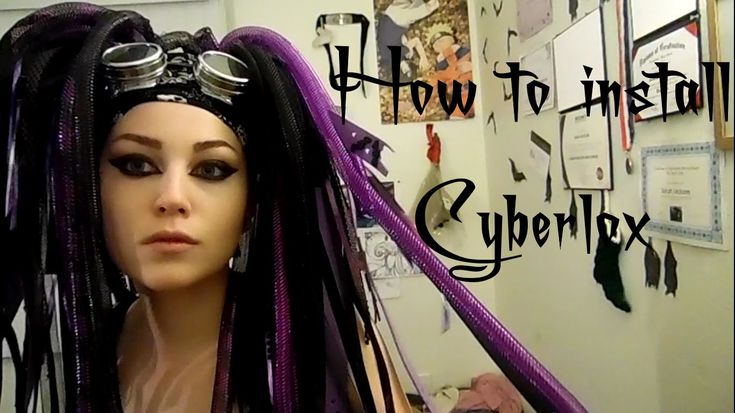 The main focus of the festival is Alternative Rock, Medieval Metal, Symphonic Metal, Electronic Music (futurepop), Neue Deutsche Härte, Gothic Rock and Darkwave. Orkus magazine has been the official sponsor of the event for many years. nine0005
The main focus of the festival is Alternative Rock, Medieval Metal, Symphonic Metal, Electronic Music (futurepop), Neue Deutsche Härte, Gothic Rock and Darkwave. Orkus magazine has been the official sponsor of the event for many years. nine0005
One of the latest industrial albums. Amphi Festival 2017 — Aftermovie
Industrial Dance: cybergoth dances
Maxim, a member of the cybergoth community.Industrial dance is dances to EBM\darkelectro music for many years being an integral part of the culture (it should be noted that on the threshold of the emergence of culture, the cybergoths did not consider post-industrial as “their music” at all). The German cybergoth community (the largest in the world) can’t imagine life without industrial dance at all, it’s worth watching YouTube videos from their Amphi festivals, of which there are tens of thousands, and everything will be clear with this question”
- For a more detailed look at the dance style, we advise you to look at the Academy of Industrial Dance group
Industrial dance battles are also widespread.
Industrial Dance Battle Mexico 2016
Summary
Thus, cybergoths are a symbiosis of three styles framed by cyberpunk philosophy. In addition to science fiction, board games and cyberpunk, ravers , who, in addition to their passion for dancing and clubs, gave the Cybergoths part of their wardrobe - acid-colored strands of hair, clothes, latex, as well as rivetheads - adherents of the industrial subculture, who gave the Cybergoths respirators, welding goggles and industrial symbols (biological, nuclear hazard).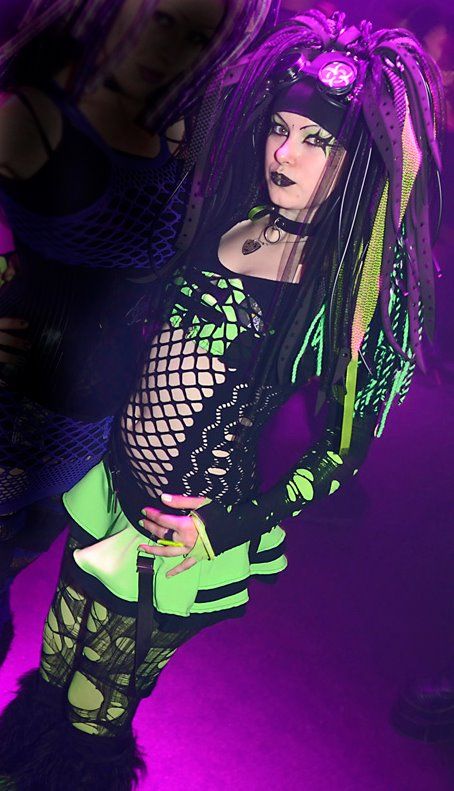
Gothic ideals, combined with the aesthetics of futurism and urbanization, gave rise to a new subculture, in which only the name and aesthetics of death remained from Gothic. Skillfully combining all these trends into an individual performance, the cyber-goths became very bright representatives of their special darkly attractive style. nine0063
Related:
Latest in
Cyber Goth - frwiki.wiki
Red and black dreadlocks made of synthetic hair and red wool.
Cyber-goths refer to a branch of the gothic movement originated in the early 2000s.
Summary
- 1 History and development
- 2 Patchwork nine0061
- 2.1 Dress and color choice
- 2.2 Hairstyles and extensions
- 2.3 dreadlocks synthetic
- 2.4 Cyberlocks
- 2.
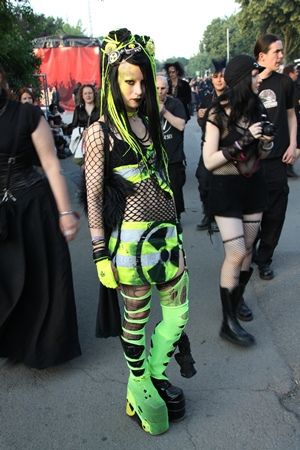 5 V foamies
5 V foamies - 2.6 Stores
History and development
The cyber gothic movement refers to a fashion that appeared in the late 90s. In both clothing and music, this style combines elements of industrial, techno and gothic. The importance of appearance and atmosphere can be compared to visual kei. The dance steps are similar to those of the tectonics. nine0005
Cyber goth clothing elements are also inspired by the cyberpunk genre. The term "cybergoth" may have first been used as part of the Dark Future role-playing game at the Games workshop in Berlin in 1988. Broadly and stereotypically, these are dystopian anticipation stories in which the environment has been partially destroyed. . So in the cybergoth world, the hair is synthetic because it doesn't grow naturally anymore, the air is unbreathable (hence the gas masks), and you need to protect yourself from sunlight that has become too harsh on the eyes. When it comes to cyberdance, some members of the subculture believe it's the last thing to do before the apocalypse, while others dance like they've just been infected with a virus (where the jerky moves are). The fact that dance is connected with catastrophic imagination is reminiscent of the dances of 1518 in Strasbourg. nine0005
When it comes to cyberdance, some members of the subculture believe it's the last thing to do before the apocalypse, while others dance like they've just been infected with a virus (where the jerky moves are). The fact that dance is connected with catastrophic imagination is reminiscent of the dances of 1518 in Strasbourg. nine0005
Patchwork Fashion
Cyber asserts that the style of clothing follows certain futuristic stereotypes, while borrowing many elements from other fashion trends or movements. In particular, he connects the stylistic elements of the rave and techno scene with the dark scene (black is the dominant color in all clothing). The style also finds influence from the Asian visual kei movement. Hermaphroditism is often a feature of this movement without being decisive. Due to some similar elements, such as corsets or vinyl pants, cybernetics is often confused with the aesthetics of fetishism, which it has nothing to do with. nine0005
Dress and color choices
This style is partly expressed by highly contrasting color themes, sharp and responsive to neon lights, such as red, blue and neon green, chrome or hot pink combined with black or white; however, this is the dominant color in most cases, as some cybers are fully dressed in neon colors, but there are also two-tone black and white cybers.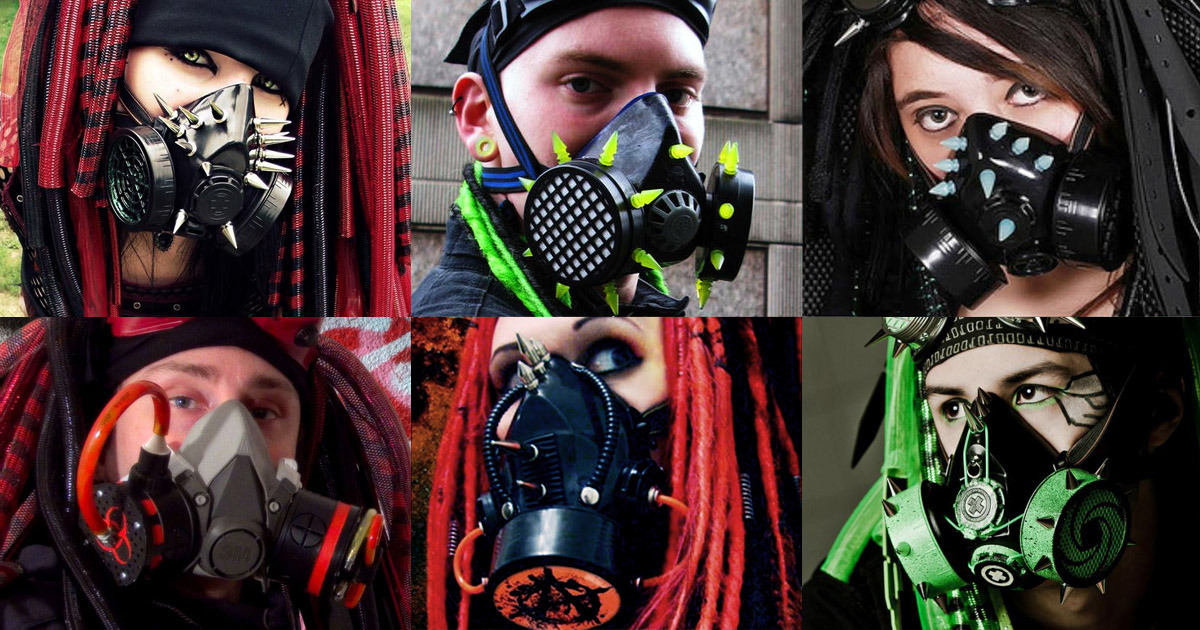 To accentuate the effect of the artifact , you can mix matte or shiny black materials and create building compositions of foam rubber and shiny black PVC . Equipment popular among cybers to wear in nightclubs consists of tight black trousers and jackets, colored and wide rave or techno style trousers and a bib, t-shirts, usually cut in thick fabric or with mesh. They also like to use bondage accessories to enhance their image. When it comes to footwear, cyber prefers large, heavy boots (e.g. transformerboots or jump boots or even platform shoes, but the use of sports shoes is common for more comfort when dancing.
To accentuate the effect of the artifact , you can mix matte or shiny black materials and create building compositions of foam rubber and shiny black PVC . Equipment popular among cybers to wear in nightclubs consists of tight black trousers and jackets, colored and wide rave or techno style trousers and a bib, t-shirts, usually cut in thick fabric or with mesh. They also like to use bondage accessories to enhance their image. When it comes to footwear, cyber prefers large, heavy boots (e.g. transformerboots or jump boots or even platform shoes, but the use of sports shoes is common for more comfort when dancing.
Hairstyles and extensions
The black monochromatic color association can come in various forms - for example, in bright hair, fake makeup, LEDs, circuit boards, body modifications, gas masks, masks and goggles (or swimming or pool goggles) commonly worn on the forehead, arm and back of the neck instead of eyes. Hazard-related symbols, such as the radioactivity symbol or the biohazard symbol, are displayed repeatedly, but in the meantime, custom-designed symbols are in vogue.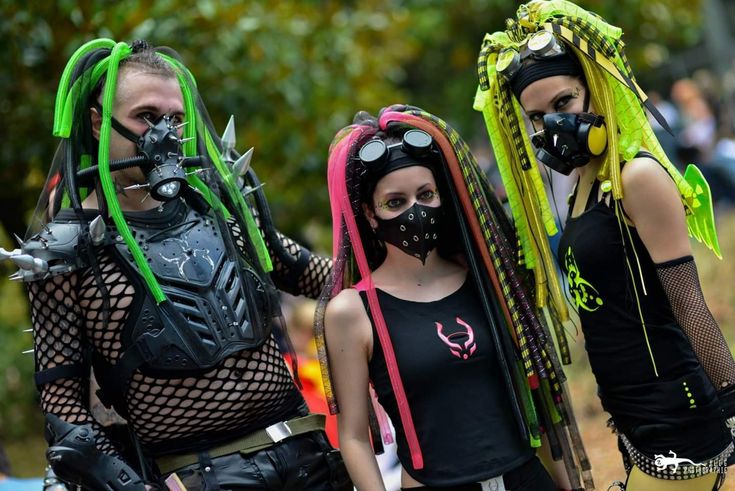 Color themes are often used for hair styling or eye makeup. The hairstyle is usually provided with special extensions called cyberlocks or cyber-falls or falls to highlight the extra effect. Women most often wear chignons on each side, while men usually use chignons as a back braid. Cyberlocks can be made from a variety of materials, from wires to electrical cables and fluorescent hoses; but most of the time we find synthetic dreadlocks so - is called cyberlox and also foamies .
Color themes are often used for hair styling or eye makeup. The hairstyle is usually provided with special extensions called cyberlocks or cyber-falls or falls to highlight the extra effect. Women most often wear chignons on each side, while men usually use chignons as a back braid. Cyberlocks can be made from a variety of materials, from wires to electrical cables and fluorescent hoses; but most of the time we find synthetic dreadlocks so - is called cyberlox and also foamies .
Dreadlocks synthetic
Commonly known as dreadlocks, these dreadlocks are usually made from synthetic hair and come in a variety of colors. In fact, black dreadlocks are found in combination with several colored dreadlocks , however, there are also two-tone dreadlocks, usually a combination of black and another color of your choice to match the outfit. There are two other varieties0242 dreadlocks : on one side wool and on the other side thin .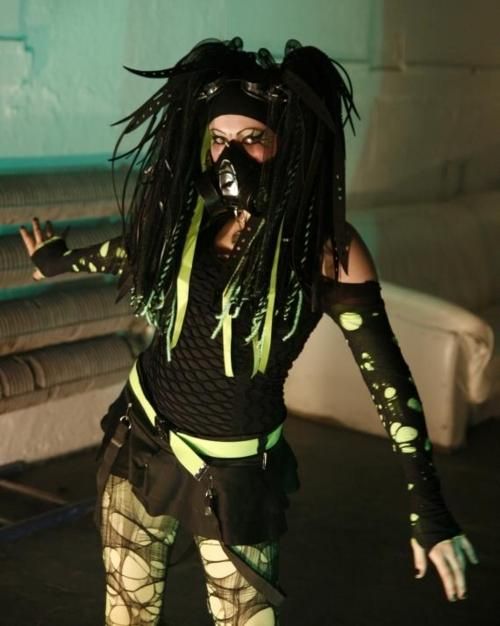 For the first category, these are felt wool dreadlocks, and thin are pipes sewn from fabric, which also has a terrible look. The advantages of these two options are that they are significantly lighter and much better fixed than the synthetic hair option, but the process of creating these two options is much more complicated and requires a lot of investment. In addition, at the right choice of fabric thin fabrics are more prone to shine when exposed to ultraviolet light, which makes them extremely popular.
For the first category, these are felt wool dreadlocks, and thin are pipes sewn from fabric, which also has a terrible look. The advantages of these two options are that they are significantly lighter and much better fixed than the synthetic hair option, but the process of creating these two options is much more complicated and requires a lot of investment. In addition, at the right choice of fabric thin fabrics are more prone to shine when exposed to ultraviolet light, which makes them extremely popular.
Cyberlox
So - is called cyberlox comes from tubular Bolduc tapes from the United States. Due to the braided form, these tapes are elastic and when stretched, they return to their original shape when released. The advantages over synthetic dreadlocks are that they are significantly lighter and look more artificial. They are available in all colours, not only in solid colours, but also in two-tone stripes, as well as in metallic, matte or UV-reactive colours.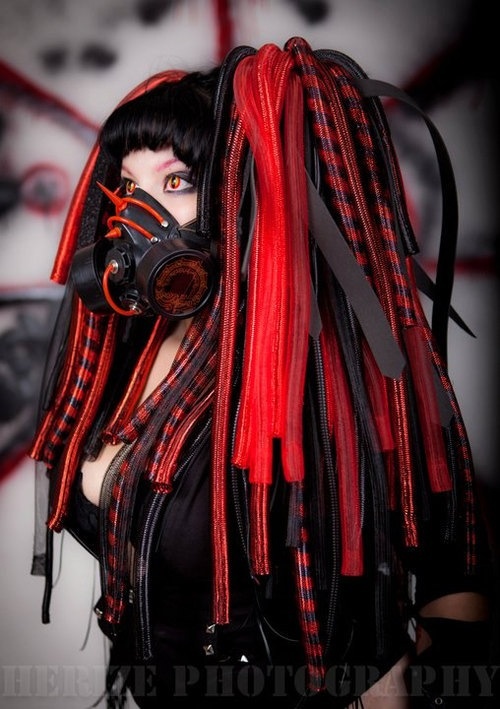 For do-it-yourself extensions, locs are often purchased from shipyards to be cut to length and are usually secured with tape or pliers. There are suckers in different sizes, the most commonly used Cyberlox is a normal size with a diameter of about 2 cm , and mini-lox has a diameter of about 0.75 cm .
For do-it-yourself extensions, locs are often purchased from shipyards to be cut to length and are usually secured with tape or pliers. There are suckers in different sizes, the most commonly used Cyberlox is a normal size with a diameter of about 2 cm , and mini-lox has a diameter of about 0.75 cm .
in
foamies In foamies are strips cut from foamed rubber. The most commonly used combination is black and colored rubber, with the stripes having an average width of 1 to 4 cm and a total length of 20 to 40 cm. Manufacturing foams are relatively simple and inexpensive, hence the increased interest in using these tapes. Often they are decorated with foam rubber collages or paints.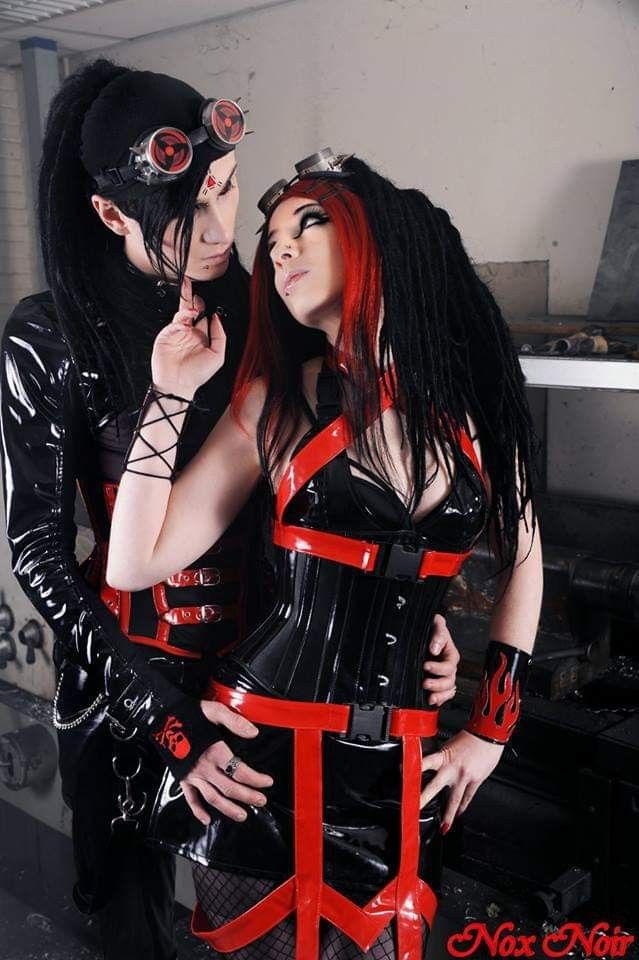
stores
Companies specializing in this trend include Cyberdog & DANE in London, Lip Service in Southern California, Diabolik store in Montreal, and Robotic Kitty Fashions in Chicago. In addition to international companies, there are also German companies on the market. In the textile and fashion sector, there is Deecom eK based in Kehl. The store produces and distributes brand Amok . The clothes of the Mode Wichtig store located in Duisburg are produced and distributed under the label Sektor1 . In terms of accessories, the Cyberlox store has also established itself in Duisburg under the brand of the same name. The company not only deals with wholesale and mail order, but also operates a shop in Duisburg, which is famous for its hairpieces. In Essen, there is an online store Cyber City at Leo Store . This store, whose area exceeds 150 m 2, incorporates new forms of event marketing into its sales concept. live performances of regularly take place on the big stage. Every Saturday, the music of famous DJs from the group sounds here.
live performances of regularly take place on the big stage. Every Saturday, the music of famous DJs from the group sounds here.
Music and dance
Cyberculture is, first of all, dance. She prefers more specific forms of techno and trance (and especially Hardstyle) inspired music such as Future-Pop, Aggrotech (Hellectro) or Rhythm'n Noise. However, he does not have his own musical style. The most important thing is, first of all, the ability to dance on it, in particular on the musical temporal structures of 4/4 rhythms, mostly to the bass drum. Cybers are mostly encountered during dark culture events, but also occasionally during various tech events. In this case, we can clearly see the differences between dance styles according to the groups within the dark scene: the cybers especially attach importance to fast and rhythmic hand movements in accordance with the tempo (that is, for example, stretching, turning or clapping the hand to the side or in body), sometimes combined with rhythmic footwork, although footwork plays a secondary role.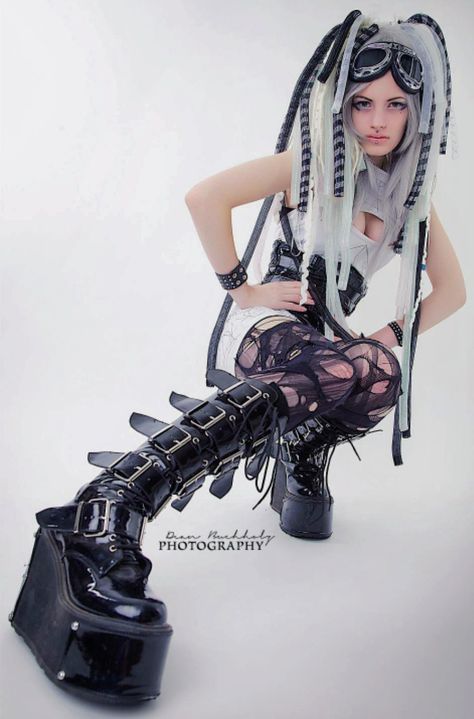 Dance performances in clubs are often accompanied by props such as glow sticks or LED rings. nine0005
Dance performances in clubs are often accompanied by props such as glow sticks or LED rings. nine0005
controversy
The growing development of the movement, often referred to as the cyber-goth movement, is finding resistance among supporters and movements originating from the goth culture, which for many years caused much controversy on this issue. These derivative movements developed in stages from the Gothic-Rock and Dark-Wave environments and are therefore inseparable from Gothic/Wave music, while the Cybers are often seen as proponents of a movement-close patchwork culture. Techno, and they are defined primarily by aspects of clothing. The real goth part, in terms of clothing and music, is therefore considered insignificant. The use of the word industrialism to refer to a movement towards cyber dance style and music helped create further controversy, as there is no direct link to industrial culture. It is, like the name Ambient, an avant-garde and audiovisual concept rather than a technoid form of dance music.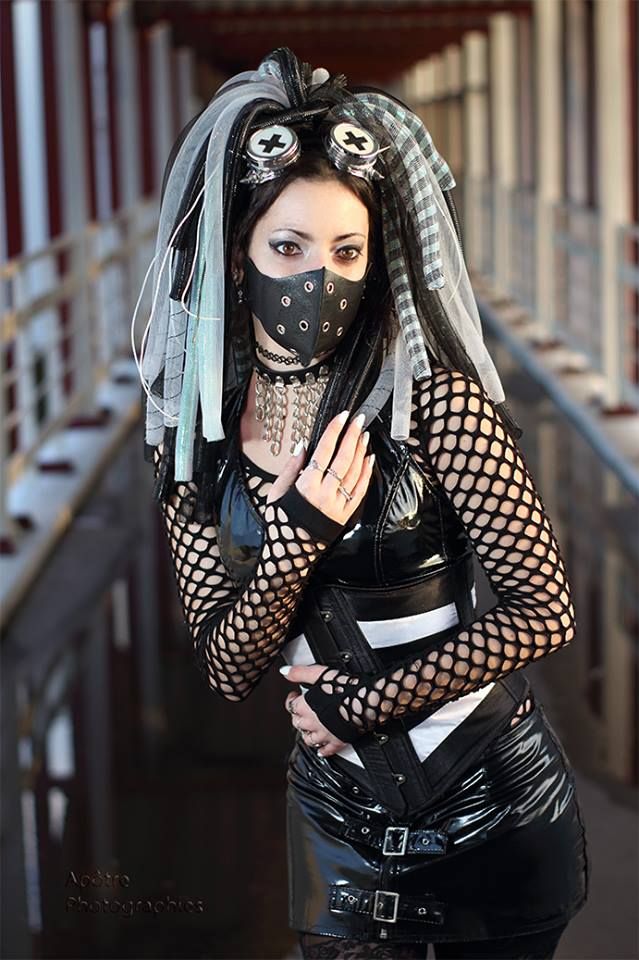 Unlike the latest styles of industrial music, most of them are experimental in nature and not suitable for nightclubs and traditional music events. nine0005
Unlike the latest styles of industrial music, most of them are experimental in nature and not suitable for nightclubs and traditional music events. nine0005
Recommendations
- (de) This article is partly or entirely taken from the Wikipedia article in German titled "Cyber (Jugendkultur)" (see list of authors) .
- ↑ " In 1518, the desperate inhabitants of Strasbourg danced to death ", on www.rue89strasbourg.fr,
- ↑ a b c d e f g and h (de) Alexander Nimes, Schillerndes Dunkel. Musikunabhängige Strömungen , Plöttner Verlag, 2010, (ISBN 3-86211-006-0) , p.
 180
180 - ↑ (in) Nancy Kilpatrick, Gothic Bible: A Compendium for Dark Inclined , UK, Plexus, , 281 p. (ISBN 0-85965-365-X)
- ↑ The Age: Dead fashionable . September 13, 2002
- ↑ a b and c (de) Valerie Steele, Gothic: Dark Glamor , Yale University, 2008, pp. 49–50
- ↑ (in) Nancy Kilpatrick: Gothic Bible: A Compendium for the Dark. Griffin St.
 Martin, New York 2004, (ISBN 0-312-30696-2) , s. 35–36.
Martin, New York 2004, (ISBN 0-312-30696-2) , s. 35–36. - ↑ (in) Kilpatrick (US edition), S. 34-35.
- ↑ (de) Stefan Koberg, " Künstliche Welten im Cyber-Shop ", at Der Westen (de) (accessed June 4, 2013)
- ↑ (de) Stefan Gnad: Schillerndes Dunkel , Plöttner Verlag, 2010, (ISBN 3-86211-006-0) pp. 199
- ↑ a b and c (de) Stefan Lederer, Schillerndes Dunkel.

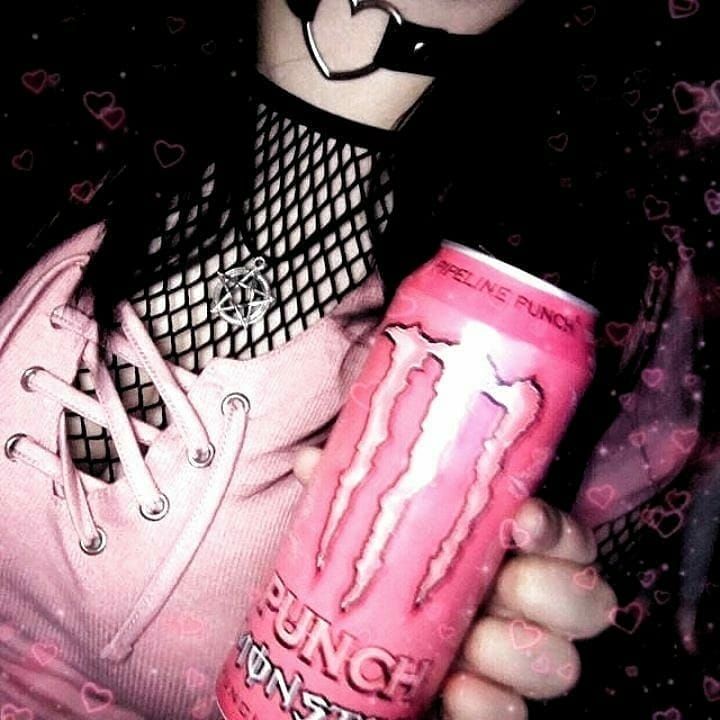 Don’t move your circles independently — that just winds up looking silly.
Don’t move your circles independently — that just winds up looking silly. 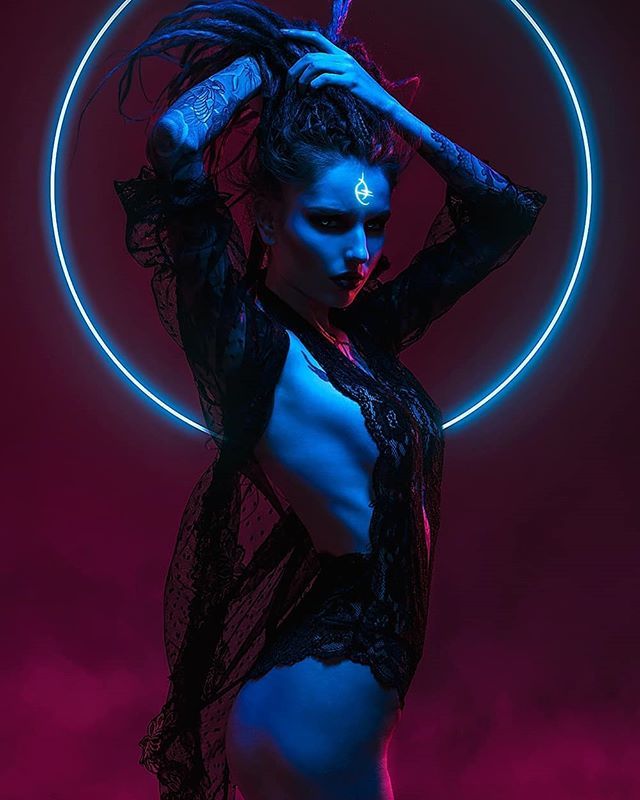
 You just fold your forearms over each other in an X shape across your chest, like you were a corpse in its coffin. You’ve seen Bela Lugosi do this hundreds of times, just before he sits up and says "Good eeeeeve-ning."
You just fold your forearms over each other in an X shape across your chest, like you were a corpse in its coffin. You’ve seen Bela Lugosi do this hundreds of times, just before he sits up and says "Good eeeeeve-ning."  A little more than half of your weight should be on your rear foot. Now lift up onto the balls of your feet. In time with the music, lift your front foot and daintily place it a bit farther away from your body — you’ll need to bend your rear knee quite a bit while straightening the front leg.
A little more than half of your weight should be on your rear foot. Now lift up onto the balls of your feet. In time with the music, lift your front foot and daintily place it a bit farther away from your body — you’ll need to bend your rear knee quite a bit while straightening the front leg. 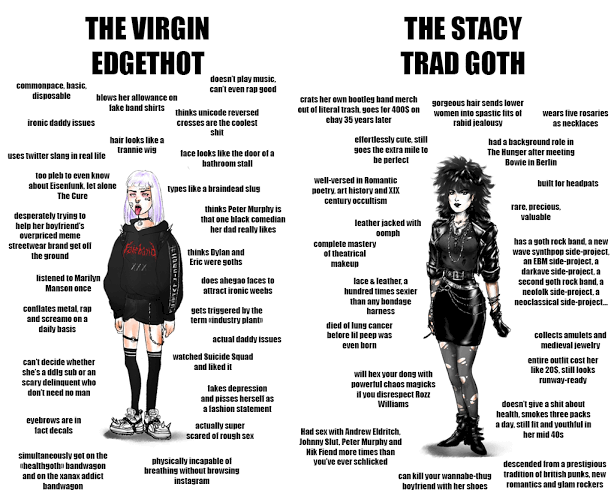 On the other hand, public mocking is great for racking up angst points.
On the other hand, public mocking is great for racking up angst points. 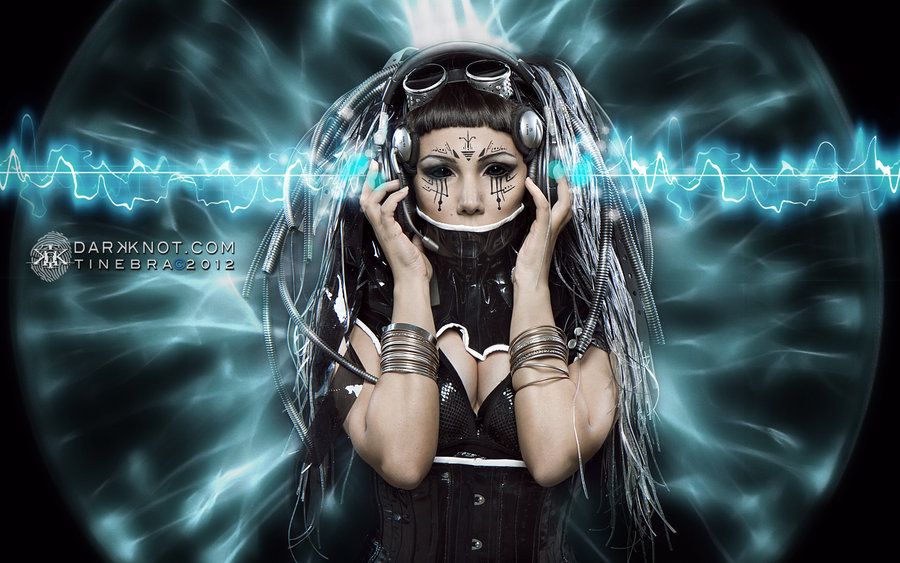 Start from the same position, with your hands facing each other in front of your face. Then, instead of swirling them around each other in a horizontal circle, you swirl them in vertical circles around each other. Your hands should be moving away from you at the top of the circle and toward you at the bottom. As you make these circles, slide your hands higher and higher, then when you can’t go any higher, start bringing them back down toward your chest... but don’t reverse the direction of the circles you’re making.
Start from the same position, with your hands facing each other in front of your face. Then, instead of swirling them around each other in a horizontal circle, you swirl them in vertical circles around each other. Your hands should be moving away from you at the top of the circle and toward you at the bottom. As you make these circles, slide your hands higher and higher, then when you can’t go any higher, start bringing them back down toward your chest... but don’t reverse the direction of the circles you’re making.  It can also come in handy in case some weirdo DJ puts on Dead or Alive’s “You Spin Me Right Round, Baby”. (“Right ’round like a record, baby, right ’round, ’round, ’round.” Oh, yeah.)
It can also come in handy in case some weirdo DJ puts on Dead or Alive’s “You Spin Me Right Round, Baby”. (“Right ’round like a record, baby, right ’round, ’round, ’round.” Oh, yeah.) 